Looking at the map, Nha Phu lagoon is a sea area starting from Luong Son (about 15km from Nha Trang city), winding around Hon Heo peninsula. Located between two large bays, Nha Trang and Van Phong, Nha Phu lagoon has an area of about 1,500 hectares, of which mangrove forests account for about 40 hectares. There are many large and small islands here with famous tourist attractions such as: Hon Da Bac, Hon Lao - Monkey Island, Hoa Lan stream, Six Senses Ninh Van Bay Resort...
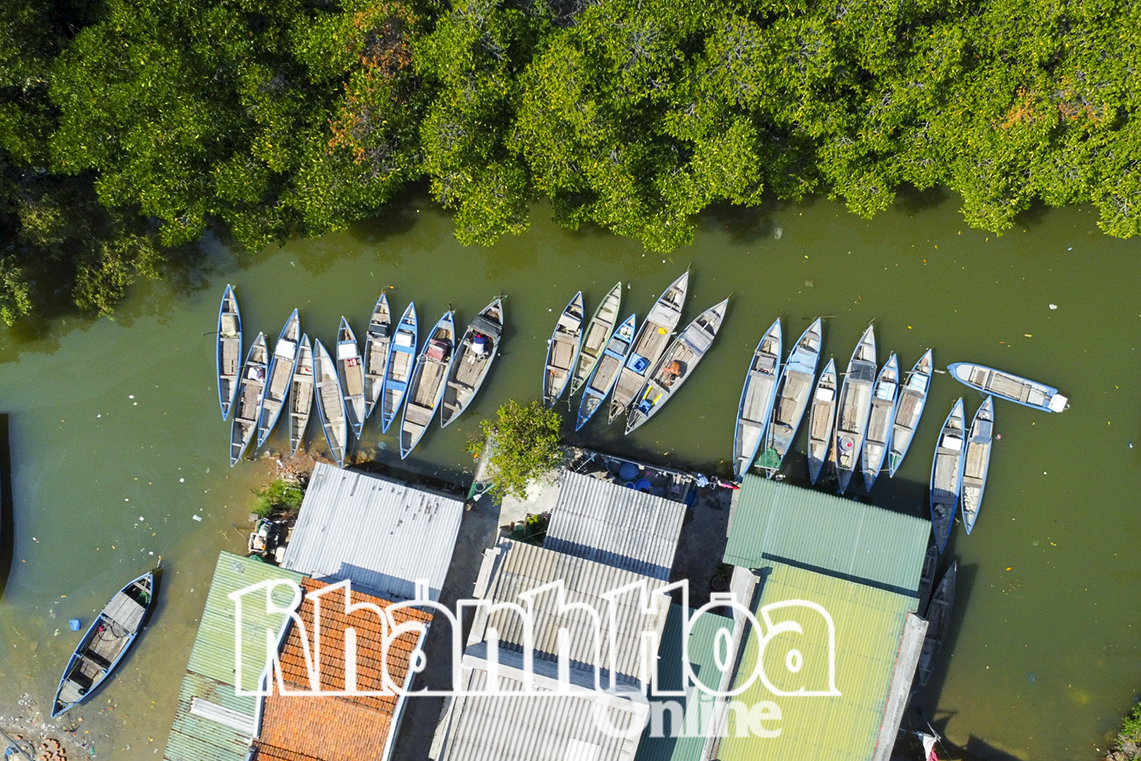 |
| The villagers' main means of transportation is by motorboat. Photo: HOANG DUC |
If you go from Nha Trang City to the north along National Highway 1, through Luong Son, you will see the Nha Phu lagoon with thick green patches of mangrove trees along the highway. Turning down to any village, entering hamlets such as: Luong Son, Cat Loi, Tan Thanh, Ngoc Diem, Tam Ich, Ha Lien... will also take you to Nha Phu lagoon, see the peaceful scene of the fishing village, the market selling fresh fish just caught, the scene of seafood processing..., or enjoy the typical dishes of Khanh Hoa fishing villages such as: Banh can, fish noodles, jellyfish noodles...
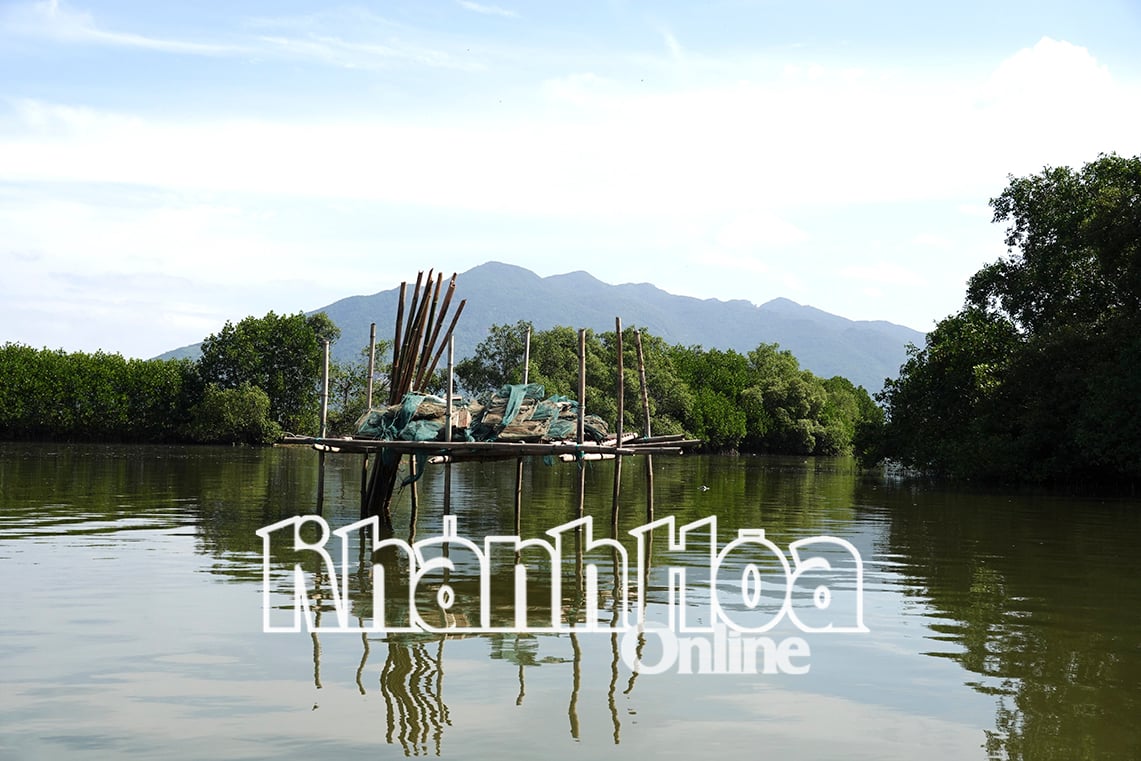 |
| A corner of Nha Phu lagoon. |
One day in early March, we visited Ha Lien village in Ninh Ha ward (Ninh Hoa town), a special village because from above, the village looks like an oasis standing out among the aquaculture areas in Nha Phu lagoon. From the turn to Ninh Ha, we followed Ben Do road and met a three-way intersection with a sign to turn left to Ha Lien. The communal house is right at the beginning of the village, followed by Hue Lien pagoda and the market... The paths in the village are paved with cement and especially have a cool corrugated iron roof above. Like many paths leading to the sea in fishing villages, however, the special thing about this place is that you will see a thick green mangrove area in the creeks, maybe on the other side are fields, ponds... We rented a boat to go to the sea from this creek.
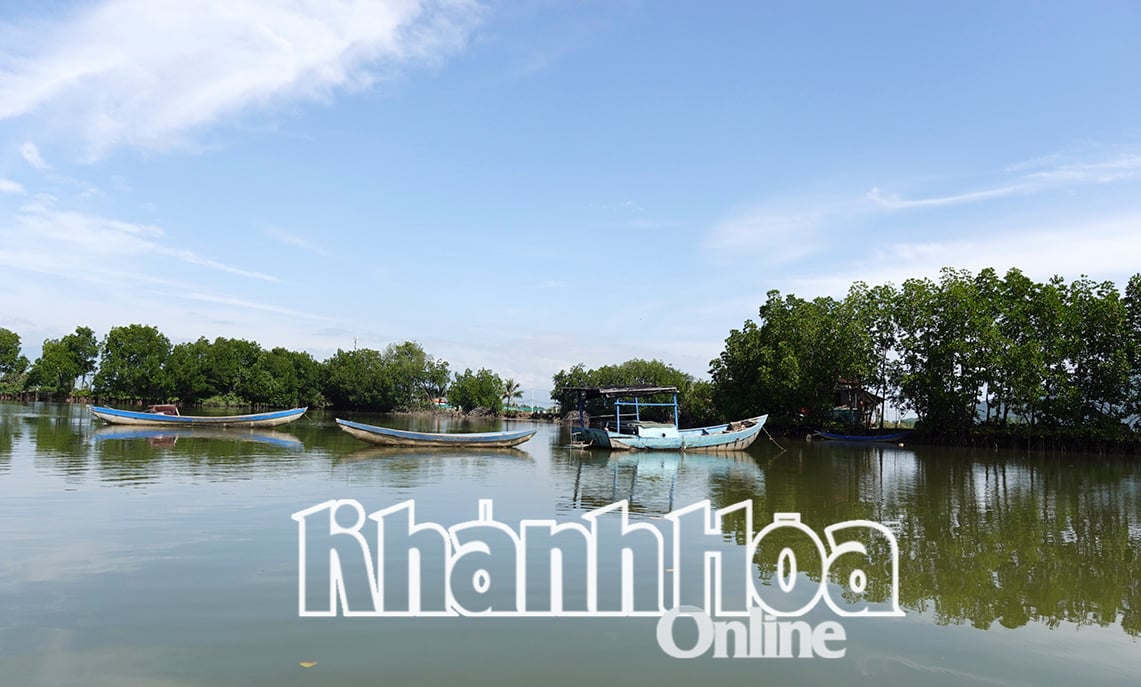 |
What was interesting to us was that in Ninh Hoa, it was like walking on a river in the West, except that our hometown was surrounded by mountains. That day, we only went to a small corner of Nha Phu lagoon but were overwhelmed by the beauty of the lagoon. Mangrove trees grew in thick green clumps, and wherever we turned, we could see mangroves. A few boats leisurely passed by on the lagoon, people casting nets, catching fish and shrimp... Here and there were squares of fish and shrimp nets. There was Hon Quai stretching out. In the distance was Phu Huu mountain. On our left hand side was the Hon Heo mountain range stretching out with undulating waves.
After a round trip around the lagoon, when taking us back, the boatwoman also took us on a trip around the creek around the village. The sound of the oars splashing the water, the sound of the lapwings and the surrounding mangroves added to the feeling of traveling on the rivers of Ca Mau.
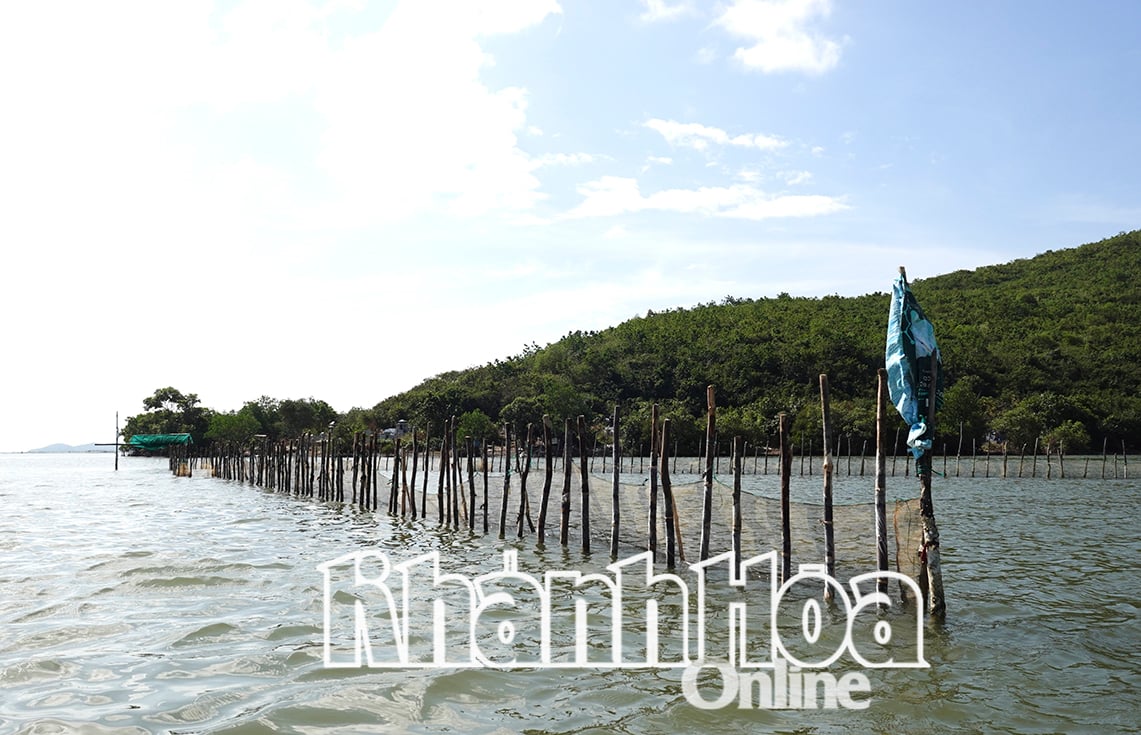 |
Sitting on the porch of a house, we listened to stories about the lives of the people here, whose main economy is fishing and shrimping. Depending on the season, the water rises and falls; the water recedes, a sandbar appears on the lagoon, where villagers row their boats out to fish, catch snails, oysters... Like this season, from late at night, people put on lamps and go to the sandbar, returning at 5am. In May and June, they go during the day, for example at 12pm, 1pm when the water starts to recede, they leave in the afternoon... If you come here at the right time when the whole village goes fishing, you will see the sandbar crowded with people catching crabs, snails... Many film crews have come to film this scene...
Returning to the coastal city of Nha Trang, the peaceful beauty of Nha Phu lagoon and the simplicity of the local people left us with a promise to return to this place many more times...
DAO THI THANH TUYEN
Source: https://baokhanhhoa.vn/du-lich/202503/binh-yen-tren-dam-nha-phu-f3c0000/


![[Photo] Comrade Khamtay Siphandone - a leader who contributed to fostering Vietnam-Laos relations](https://vstatic.vietnam.vn/vietnam/resource/IMAGE/2025/4/3/3d83ed2d26e2426fabd41862661dfff2)
![[Photo] Prime Minister Pham Minh Chinh receives Deputy Prime Minister of the Republic of Belarus Anatoly Sivak](https://vstatic.vietnam.vn/vietnam/resource/IMAGE/2025/4/2/79cdb685820a45868602e2fa576977a0)
![[Photo] Special relics at the Vietnam Military History Museum associated with the heroic April 30th](https://vstatic.vietnam.vn/vietnam/resource/IMAGE/2025/4/3/a49d65b17b804e398de42bc2caba8368)
![[Photo] Prime Minister Pham Minh Chinh receives CEO of Standard Chartered Group](https://vstatic.vietnam.vn/vietnam/resource/IMAGE/2025/4/2/125507ba412d4ebfb091fa7ddb936b3b)

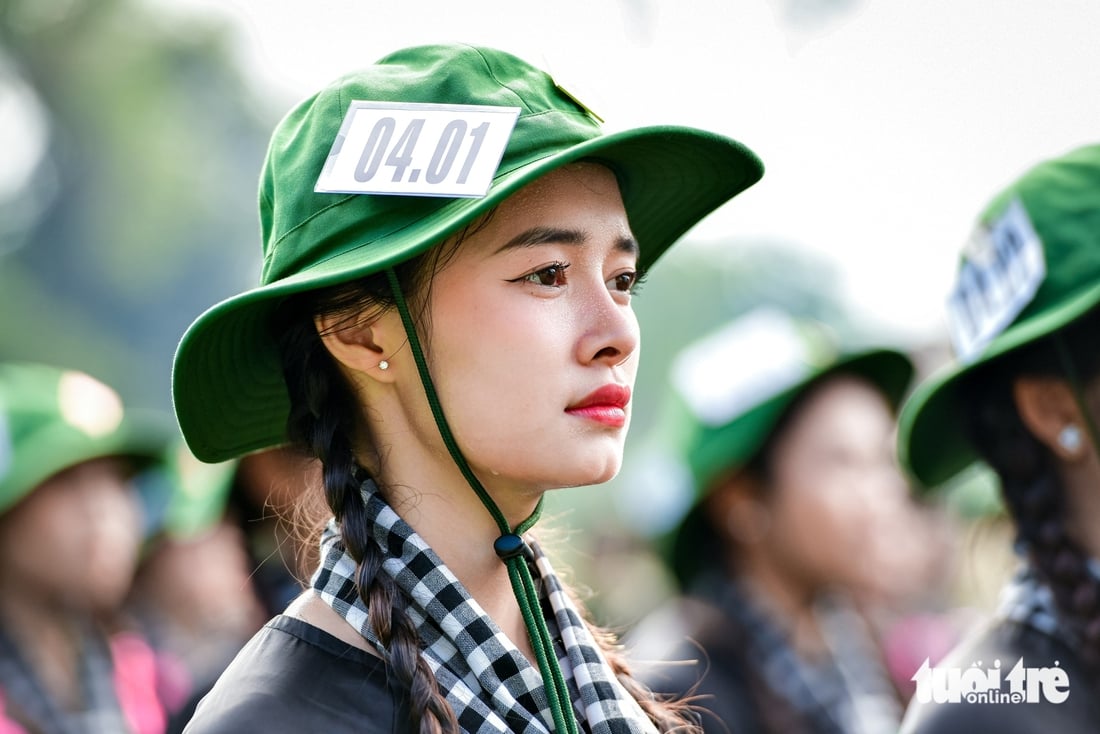

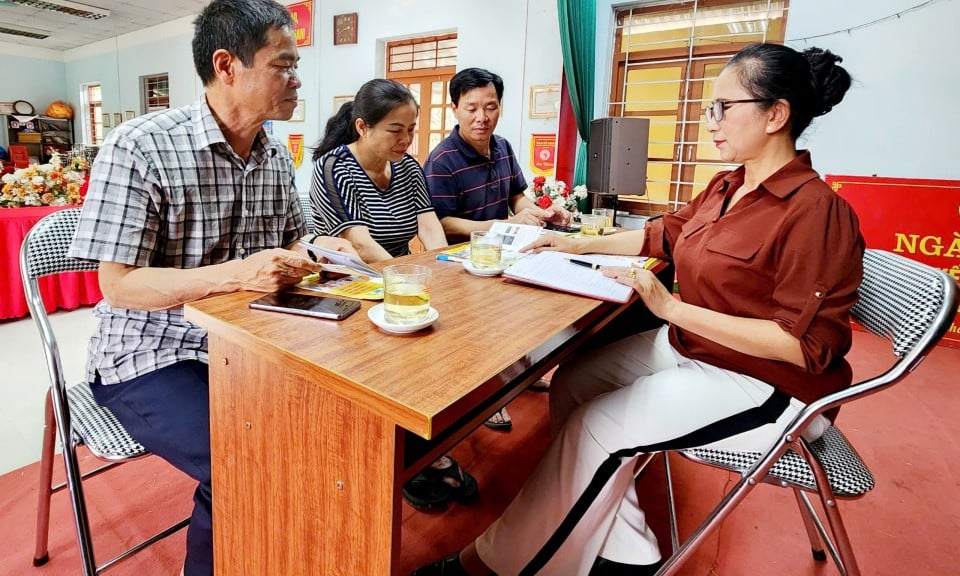
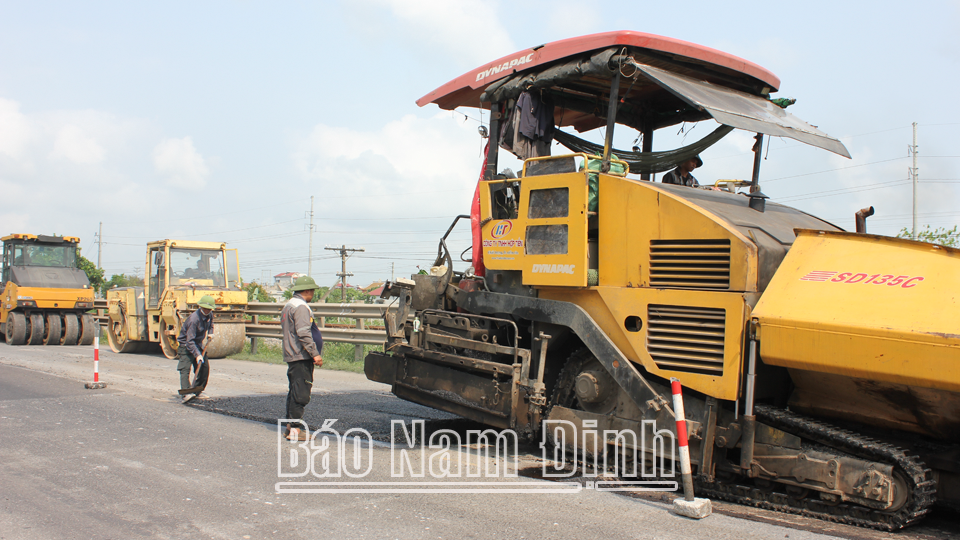
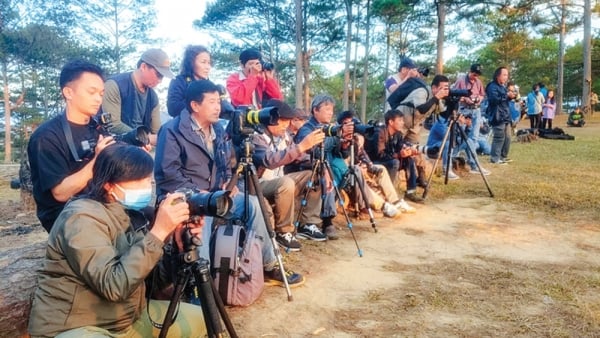


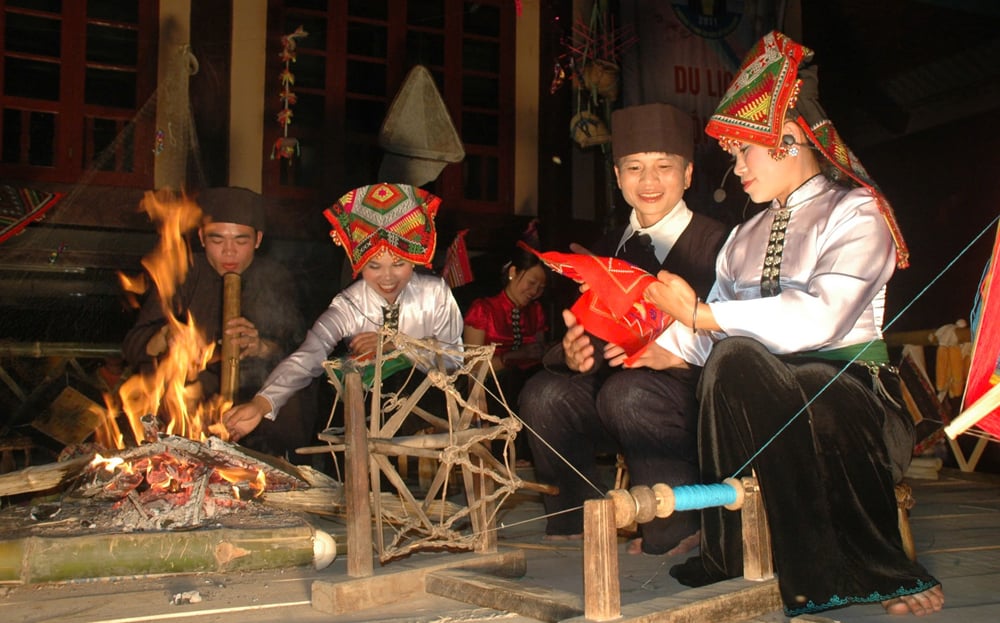
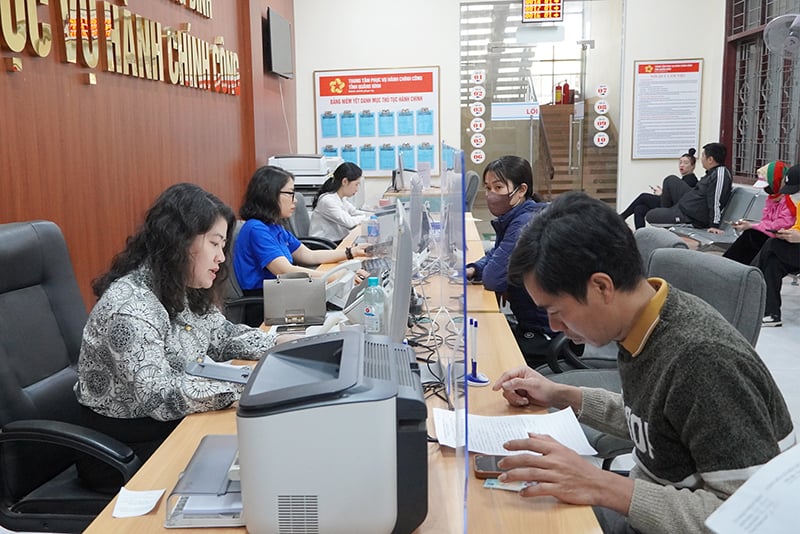

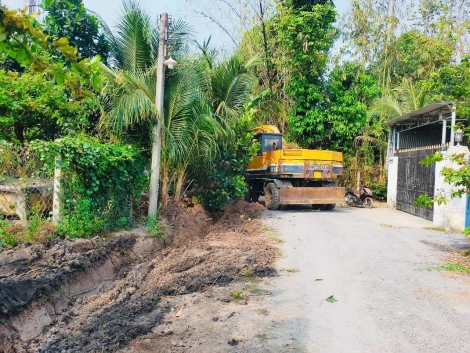






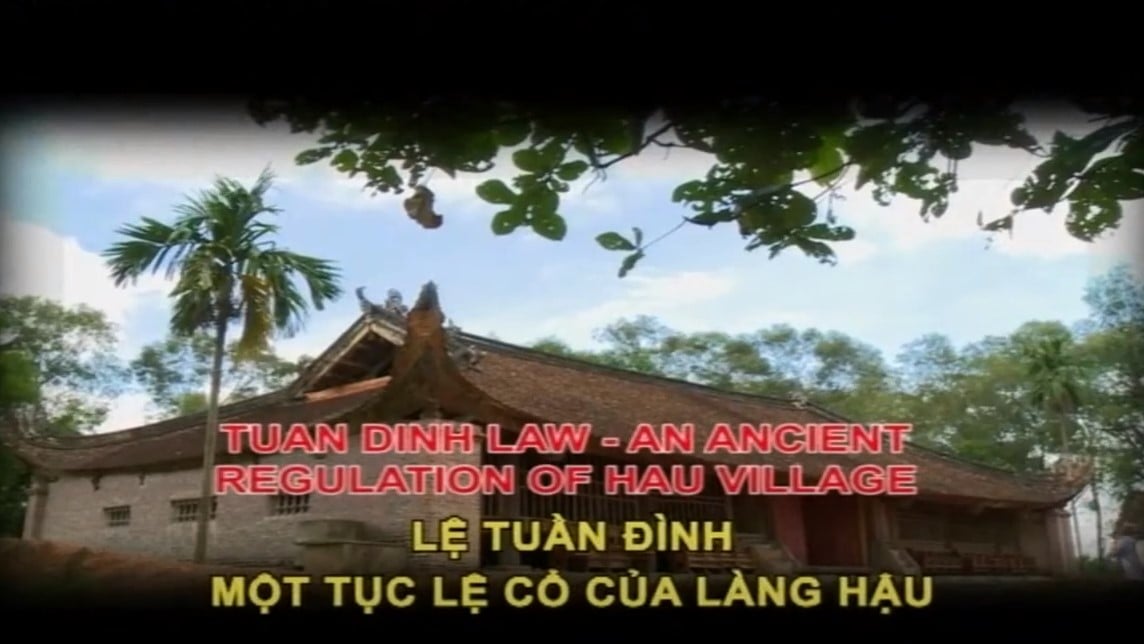
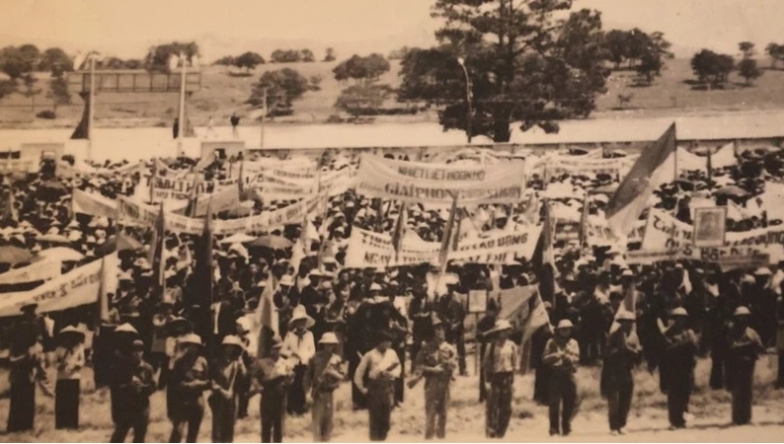
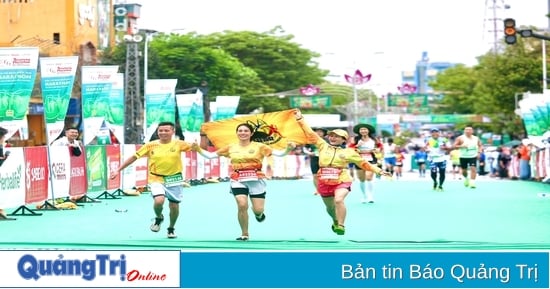
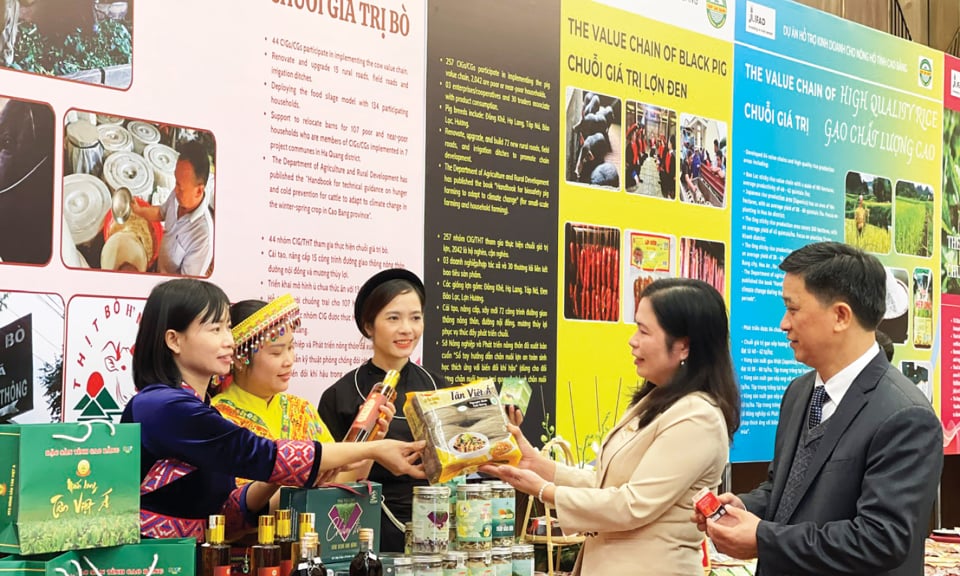

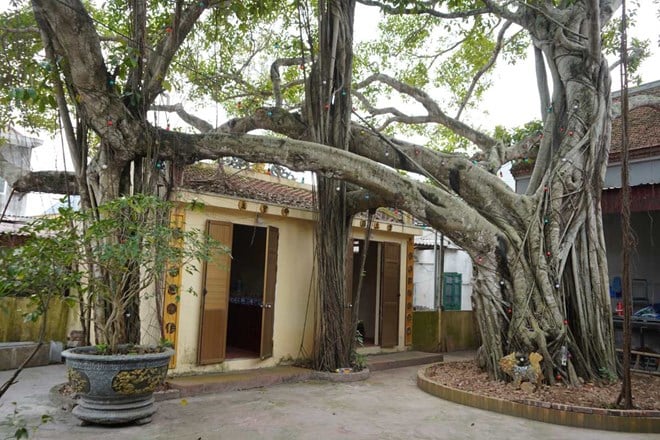

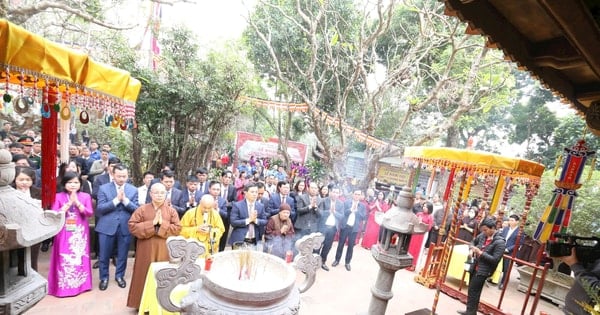







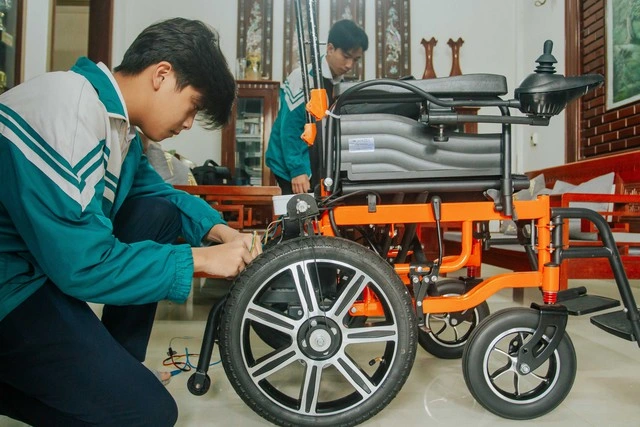

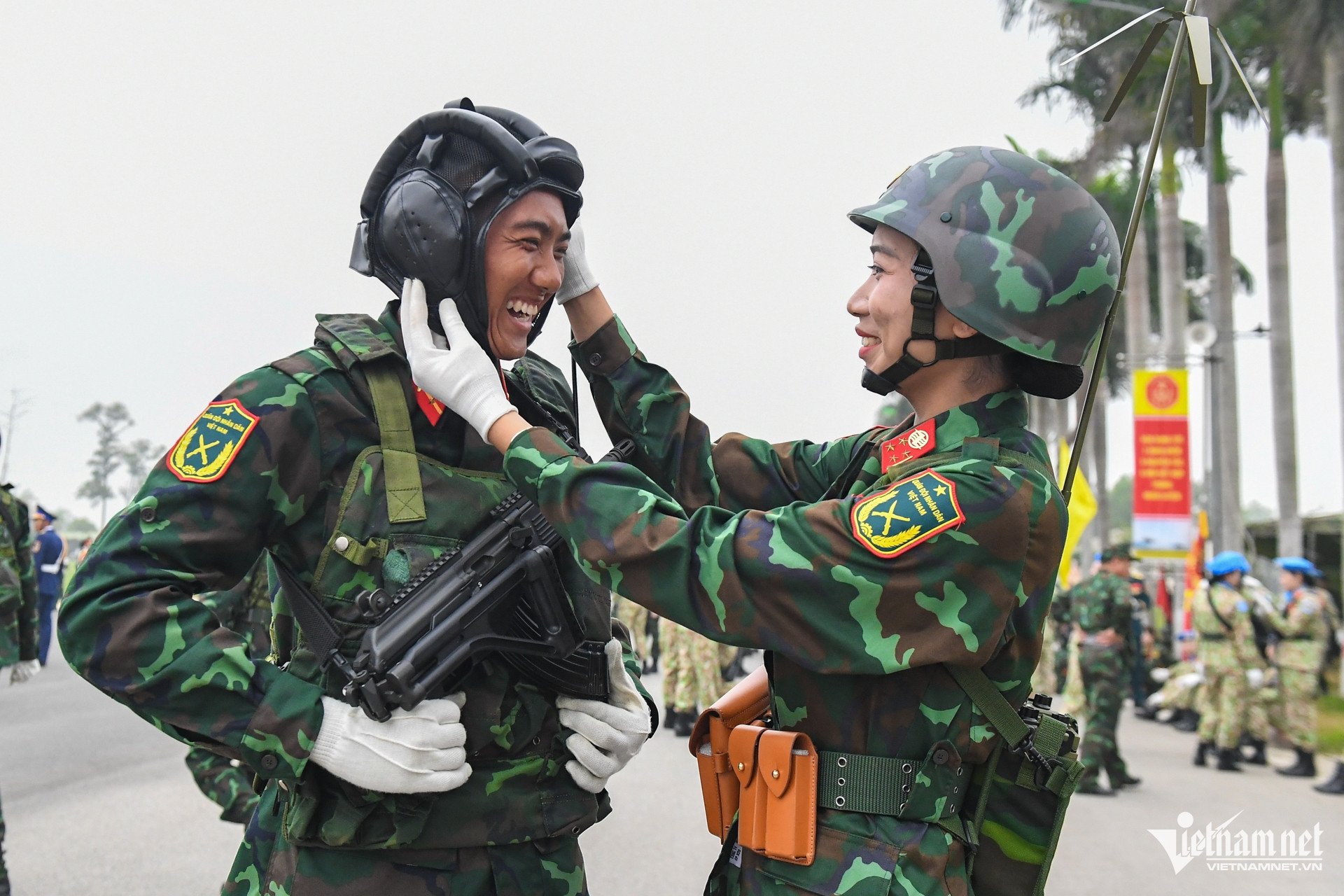

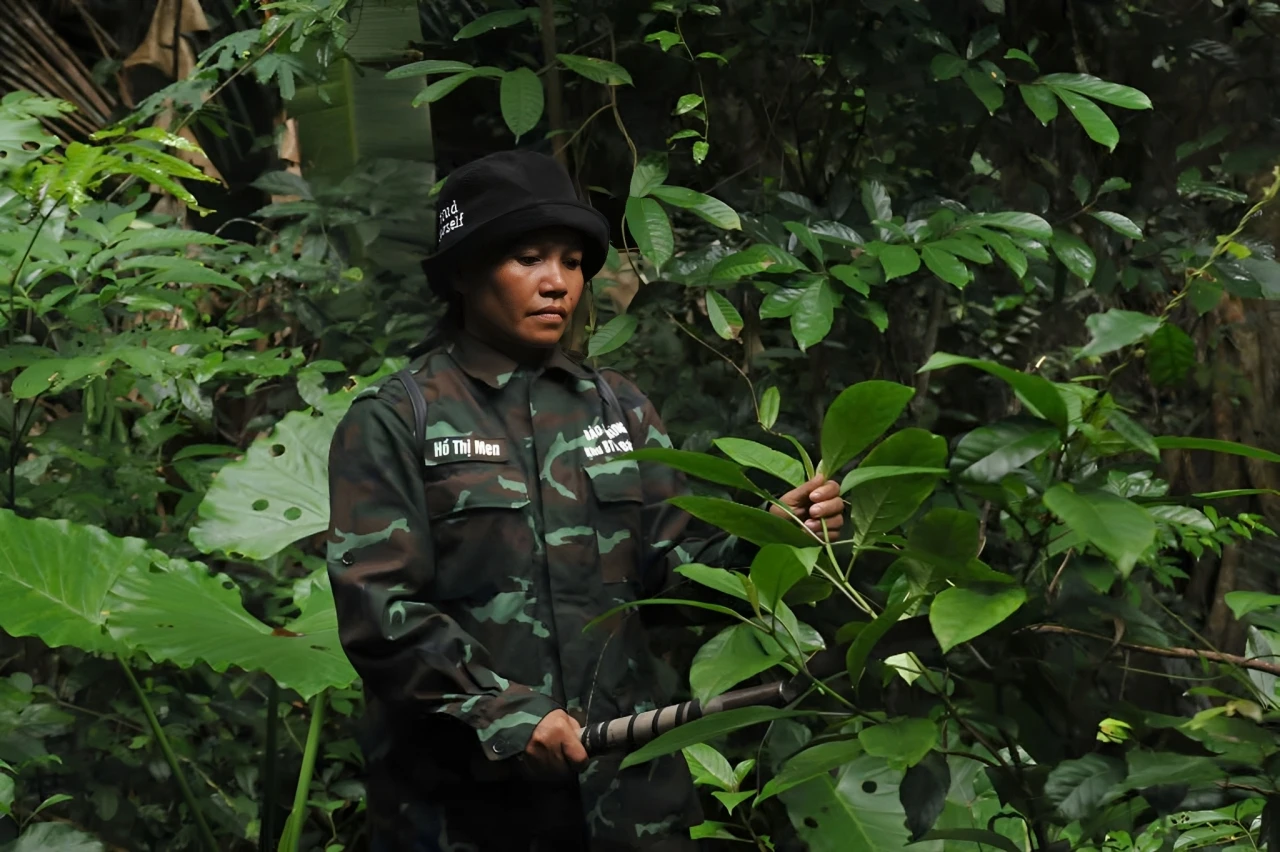
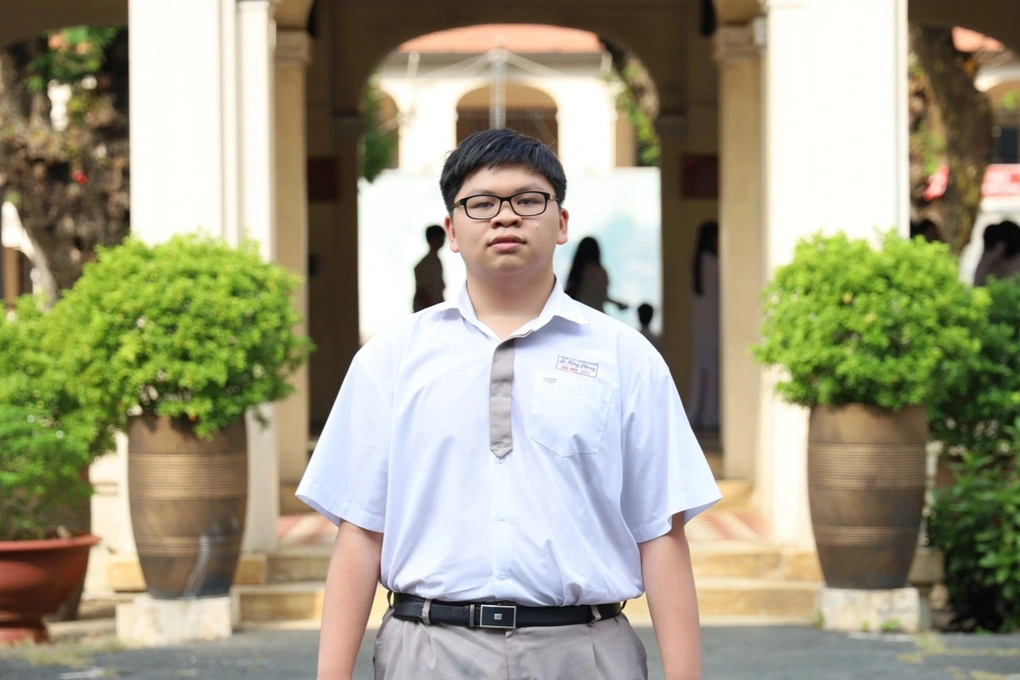














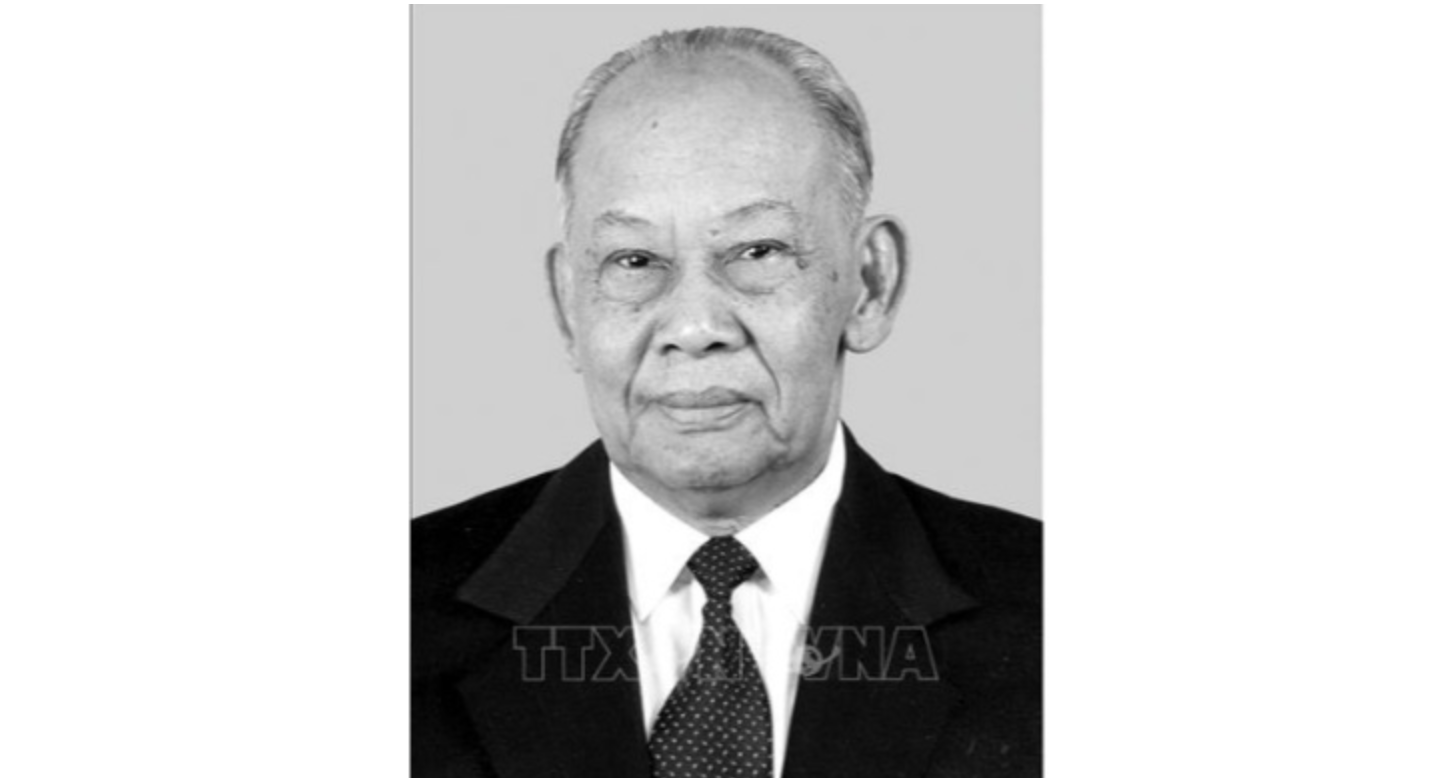

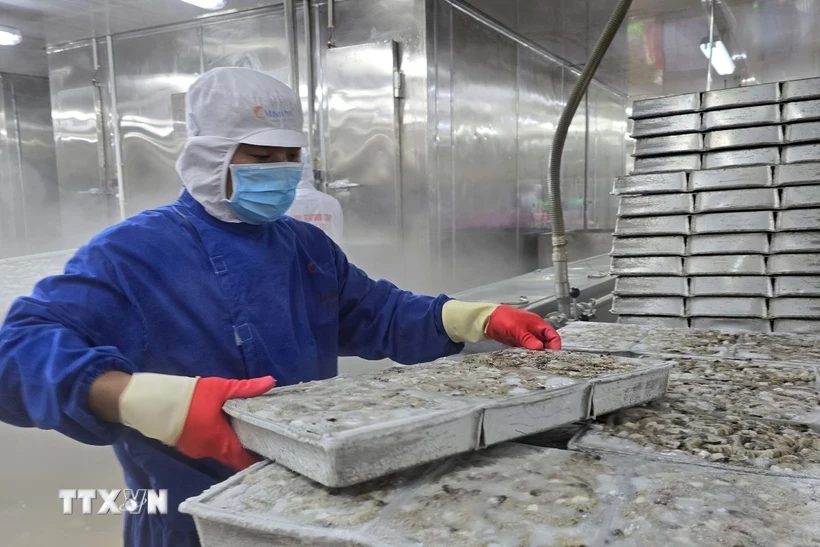

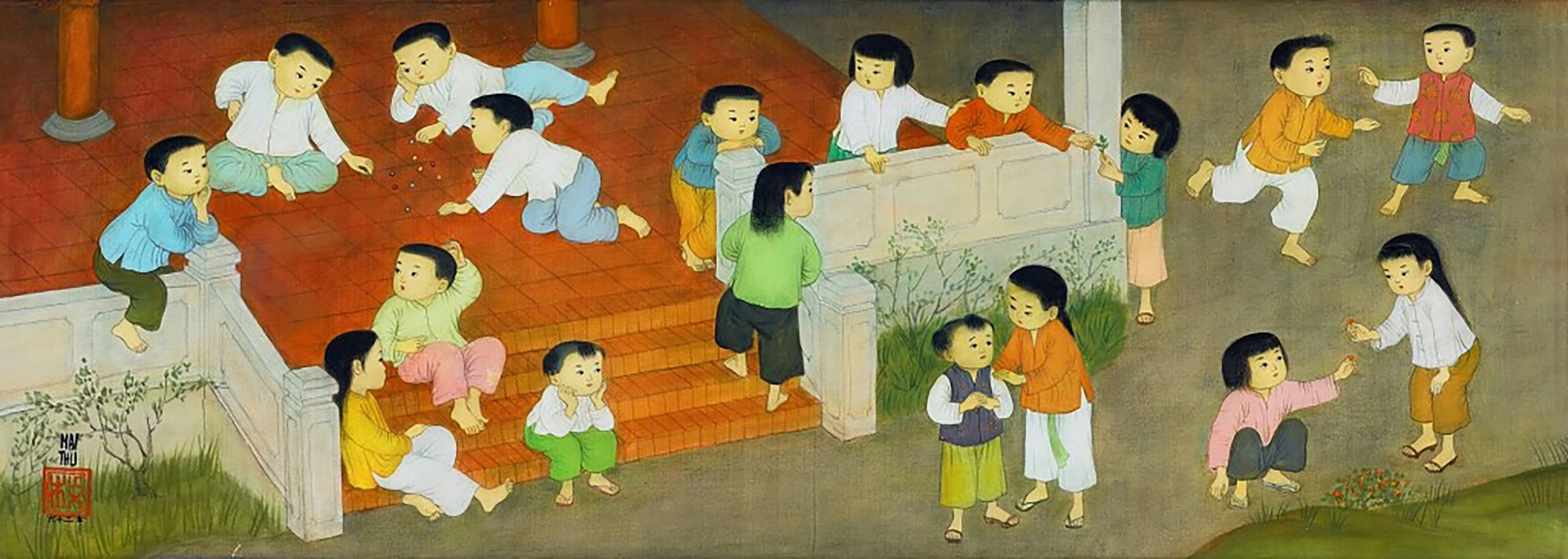
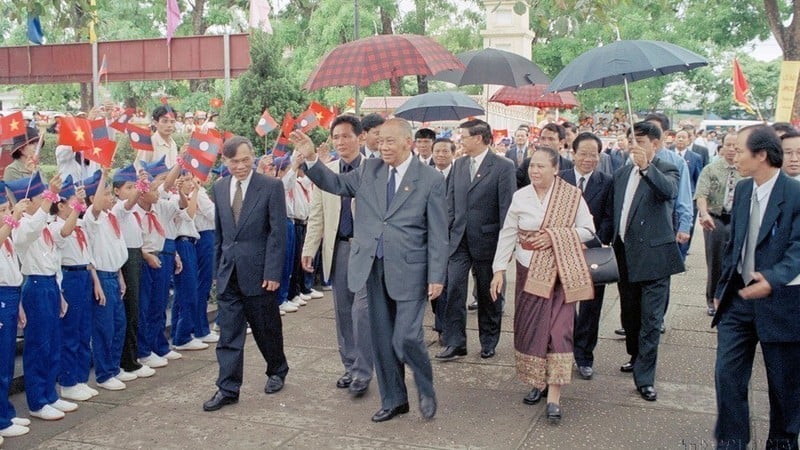
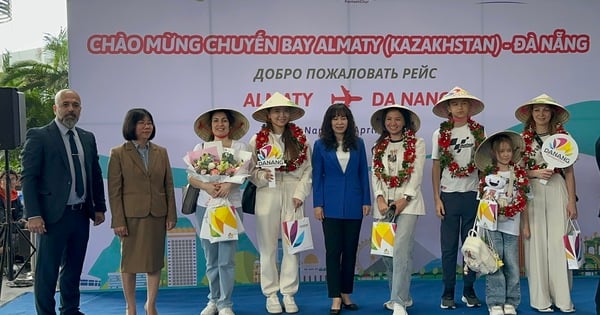




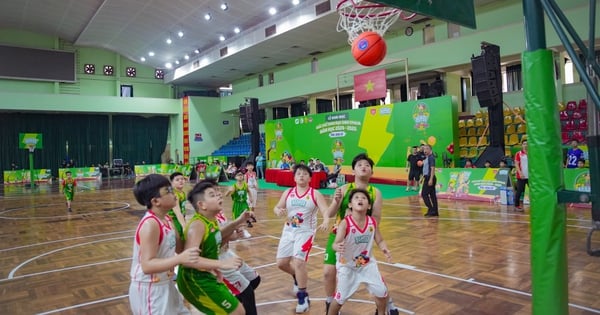



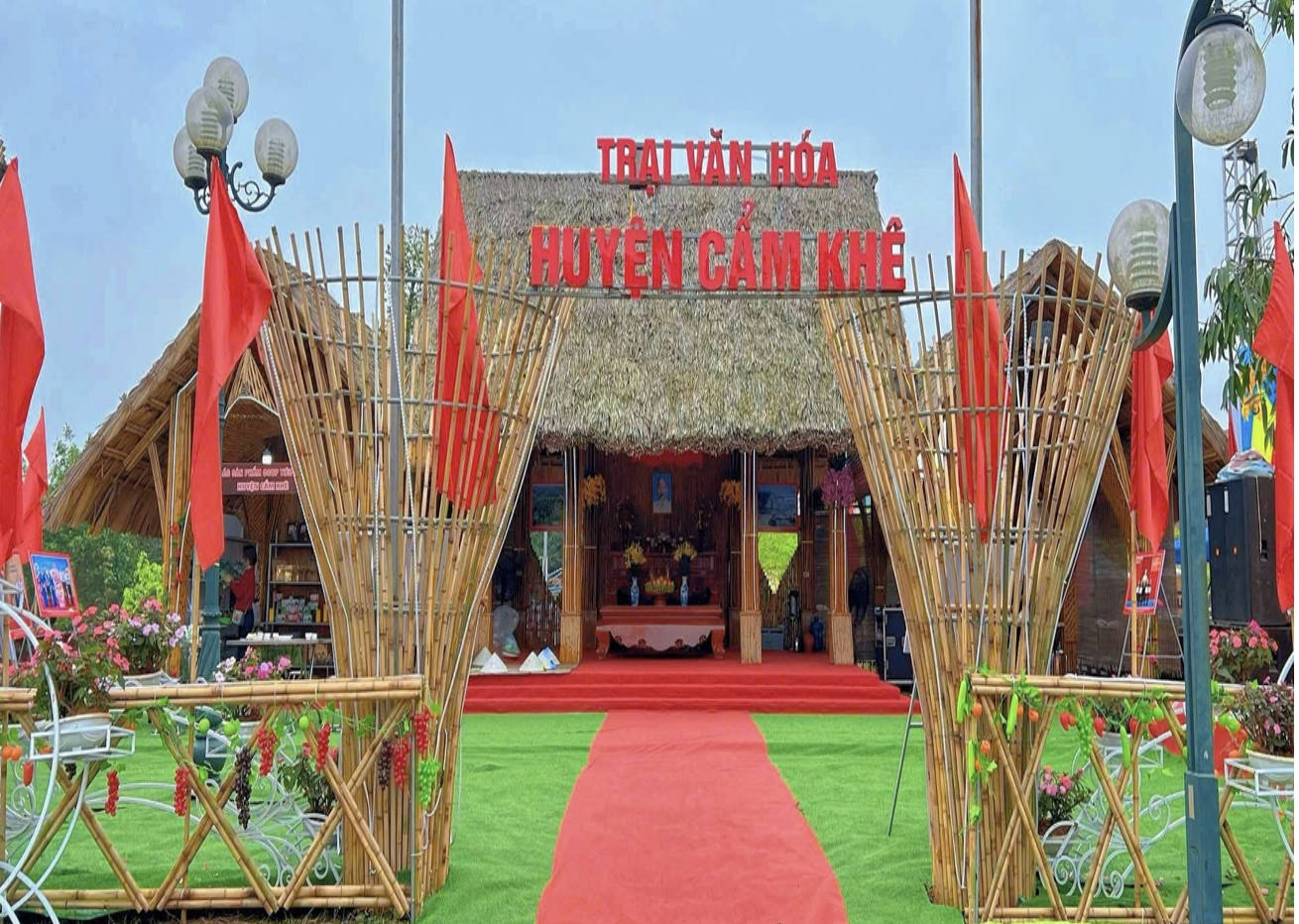

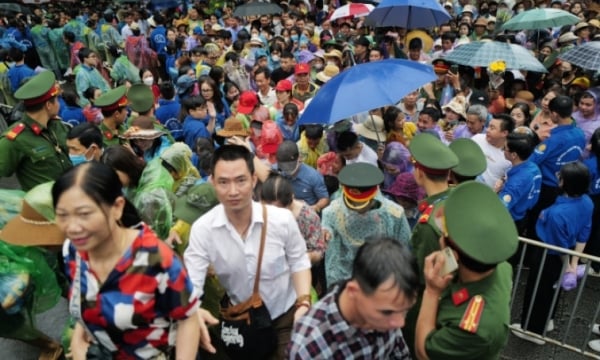

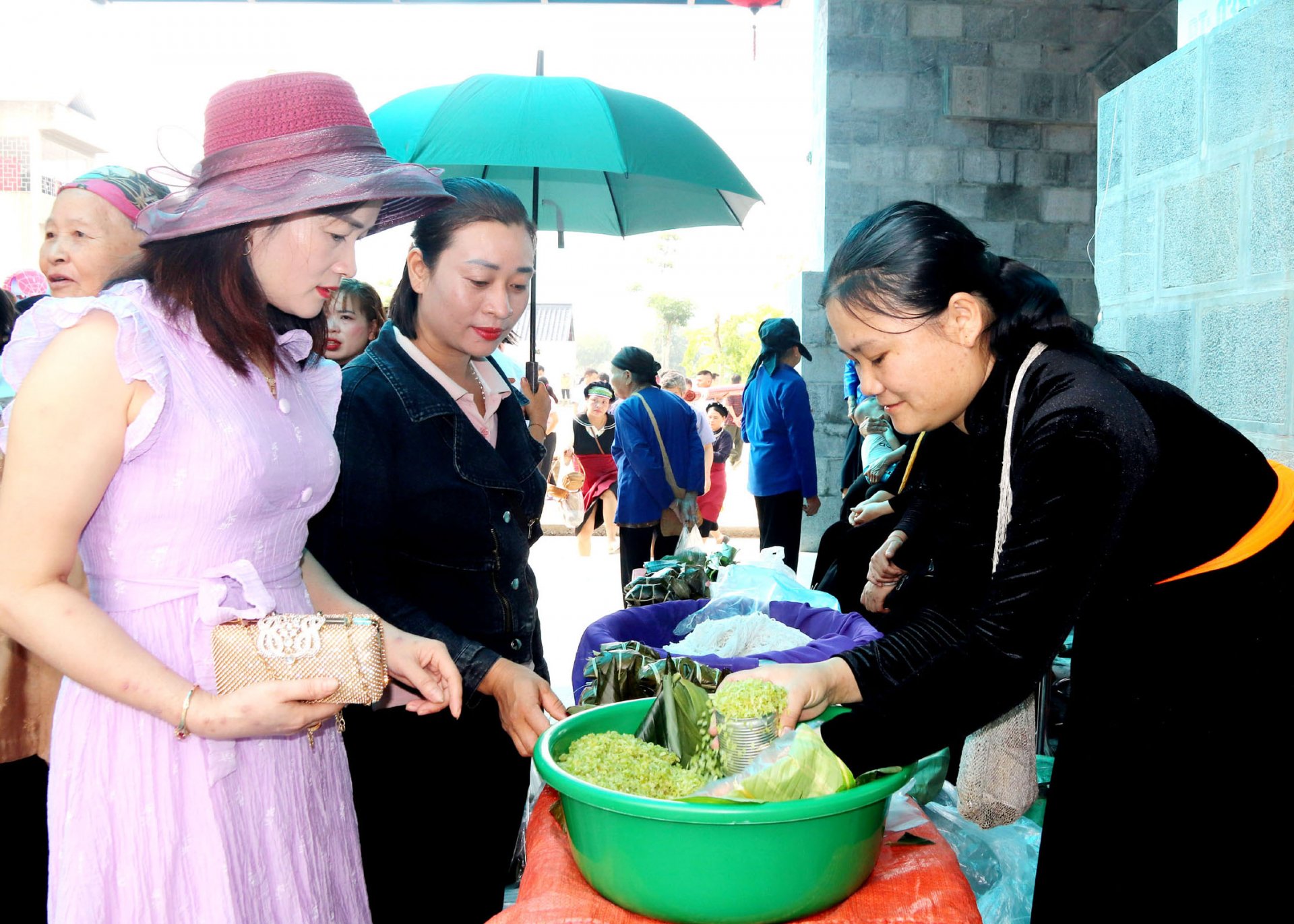














Comment (0)